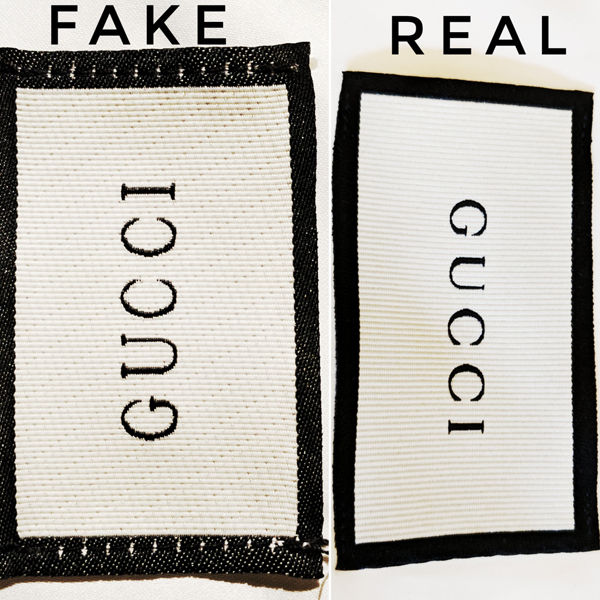The Best Methods for Dating Vintage and Antique Rings
- Amelia

- Feb 10, 2020
- 4 min read
If you’re at all familiar with my blog, you’ll already be aware that I run an Etsy shop called Swaby Collections, selling vintage jewellery and home décor (let’s be honest, it’s mainly jewellery – the sparkle obsesses me), you can find it here: https://www.etsy.com/uk/shop/SwabyCollections. However, when it comes to selling vintage and antique jewellery, especially if you buy it in house clearances or pick items up at charity shops, it can be incredibly difficult to identify and date certain pieces. One area in which I particularly struggled starting off with, was when it came to identifying rings and their value. Unlike other pieces of jewellery, rings rarely have a manufacturer name attached to them, and it can be challenging to identify the type of metal they’re made from. Hopefully, the following tips and tricks should help you along, as they did for me.
Get it appraised.
This may seem obvious, but if you have a ring that you believe to be particularly valuable, such as one which has been left to you in a will, it’s always best to just take it to a jeweller and get it appraised. They are experts and it’s the best way to come to an accurate valuation; regardless of whether you wish to sell it or just include it on your home insurance.

Wix jewellery appraiser.
They show wear and tear.
Legitimate antique and vintage jewellery will often show signs of being worn, which is a good thing! Metals such as platinum will sometimes get a mottled or bubbled appearance over time, which further works to improve the value of the piece. High carat gold will literally wear away because it is such a soft metal, often leaving the band of a ring quite thin. Not all wear and tear is fantastic though; if the ring is in very poor condition, then in all likelihood it won’t be worth as much.

Don’s Jewellery and Design.
The use of metals.
Jewellers from prior centuries didn’t have the same kinds of technology as modern jewellers have today. Taking care to notice what metals were used in the fabrication of your ring can also help to date it. Take the eighteenth century as an example, jewellers from this century often used silver to set diamonds into the ring. This method of jewellery production has since gone out of fashion.

1700s Georgian diamond ring, sold on Etsy.
Hallmarks.
Hallmarks are not only useful to tell you the type of metal a ring is made from, but they can also tell you the age of a piece and even the location of where it was made! This is because different hallmarks are used depending on the country and the county/ province/ state within the country. Certain jewellers also used their own hallmarks; many of these jewellers are no longer in existence today, further increasing the value of their jewellery. You can easily find tables with lists of hallmarks on Google, however, I have included an example below. It may also be best to invest in a jeweller’s loupe if you’re going to make this a hobby, which can make physically seeing the hallmark much easier.

List of gold maker’s hallmarks.
The motif.
A motif is a decorative image or design, especially one which is a repeated or recurring pattern. Many vintage and antique rings feature motifs and they are an excellent way of identifying such rings, as the patterns have gone rather out of fashion today. The first sign of a ring’s age is its style and motif, for instance, we all know Art Deco style jewellery is defined by its straight edges, angles and symmetry. Historical and cultural events are also often portrayed in jewellery. For example, Victorian jewellery sometimes featured images and patterns from different parts of the British Empire.

The inauguration ring of Queen Victoria.
Gem cut.
The cut and faceting style of a precious gemstone can often be a dead giveaway as to the age of a ring. Table cut stones, for example, were one of the earliest cuts and are rarely seen in modern jewellery. Old European cut stones were a precursor to the modern round brilliant cut (if a bit less graceful in shape), and were found on rings through the twentieth century. Rose cut gems developed in the sixteenth century and then featured a revival in the nineteenth century. Step cut, which was generally a square or rectangular shape with long facets, were used from the nineteenth century onward. And finally, old mine cut gems can be dated from the early nineteenth century, right through to the early twentieth century. My favourite has to be the step cut (see below).

Step cut diamonds, courtesy of With Clarity.
If you’re wondering which styles, motifs and cuts were popular in particular time periods, then make sure to visit this fantastic article on the International Gem Society’s website, and scroll down to the bottom, where it is all laid out for you: https://www.gemsociety.org/article/antique-engagement-rings/. I hope that this article has been of some help to you, now get investigating with your own jewellery!
Please comment, share with your fellow vintage enthusiasts and let me know if there’s anything specific you want me to write about. To share this article, use the share buttons below. You can also use the social media buttons at the top and bottom of this page to visit my pages. If you want to keep up to date with my listings and discounts, then make sure to sign up for my mailing list and follow my store (https://www.etsy.com/uk/shop/SwabyCollections) on Etsy.






Comments